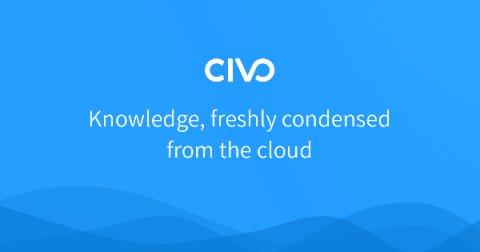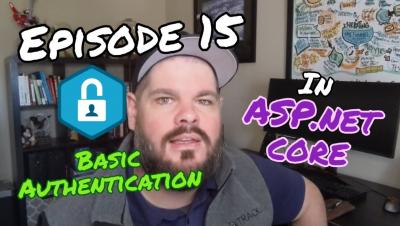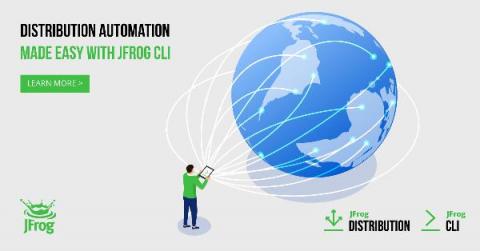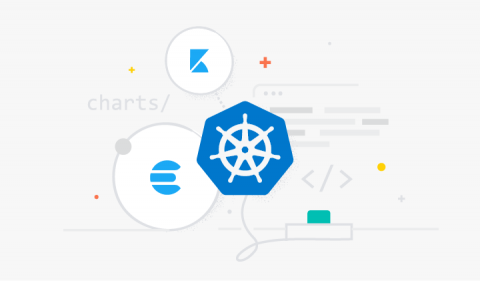Operations | Monitoring | ITSM | DevOps | Cloud
DevOps
The latest News and Information on DevOps, CI/CD, Automation and related technologies.
You've launched your first Kubernetes cluster, now what?
As Kubernetes continues to grow in popularity at a staggering rate, it’s only natural more and more people want to see what all the fuss is about. We’ve seen first hand how excited people are to try it out since launching #KUBE100 (our Kubernetes beta) – we’ve had tremendous interest and some great feedback so far. If you’re reading this and you have no idea what #KUBE100 is, it’s the name we gave to our k3s-powered, managed Kubernetes beta program.
Episode 15: Cookie Authentication in ASP.NET Core
How to use JFrog CLI to Create, Update, Distribute & Delete Release Bundles
This blog post will provide you with information on how to use JFrog CLI with JFrog Distribution workflows. JFrog Distribution manages your software releases in a centralized platform. It enables you to securely distribute release bundles to multiple remote locations and update them as new release versions are produced. For those of you who are not yet familiar with the JFrog CLI, it is an easy to use client that simplifies working with JFrog solutions using a simple interface.
Monitoring Amazon EKS logs and metrics with the Elastic Stack
To achieve unified observability, we need to gather all of the logs, metrics, and application traces from an environment. Storing them in a single datastore drastically increases our visibility, allowing us to monitor other distributed environments as well. In this blog, we will walk through one way to set up observability of your Kubernetes environment using the Elastic Stack — giving your team insight into the metrics and performance of your deployment.
Should I Stay or Should I Go? A cloudy decision
If you’ve been operating in the cloud for some time now, chances are your business has changed since you first made that move. Has your cloud usage grown considerably—and your OpEx costs? Is that just the cost of doing business in the cloud? It doesn’t have to be. Here’s how you can rationalize your infrastructure and determine if there are cloud expenses you can reclaim and even if it makes sense to move some of your cloud deployments into co-location.
2004 to 20.04 LTS: 16 years of Ubuntu mascots
Creating a new release of Ubuntu is always a complex undertaking. At Canonical, delivering Ubuntu is our core mission, and each new version represents the culmination of months of effort from colleagues throughout our organisation – not to mention the contributions from our wider, open source community. And as our Bionic Beavers and Trusty Tahrs race towards their release dates, one of the final steps is to bring them to life with a mascot.
Installing NVIDIA GPU Drivers On Oracle Cloud
In recent reports, it is stated that datacenter-based GPU deployments is the fastest sector, and again, that’s no surprise. The cloud has had its own incredible growth over the years, and it’s only natural that these two technologies are starting to work in harmony. As a matter of fact, most public clouds have GPU offerings, which leads us to the meat of this blog post: Oracle Cloud.
Ubuntu 20.04 survey results
In December 2019, we asked you what you thought were the most important things for us to include in Ubuntu 20.04 LTS. 21,862 people took the survey, and have since become a part of our decision-making processes. We would like to thank each and everyone who spent their time to take this survey, upon its close, the results were taken to the relevant engineering teams to support, or discourage, 20.04 decisions. Going forward, the results will remain a source of information for what the community wants.










